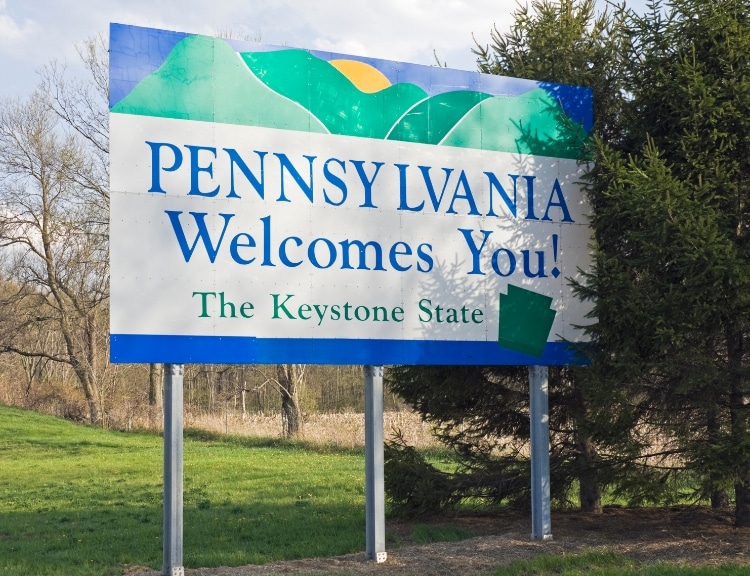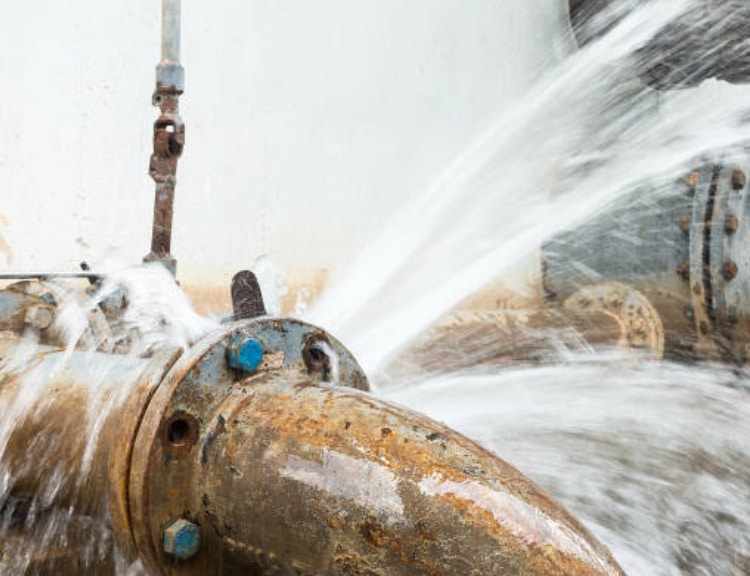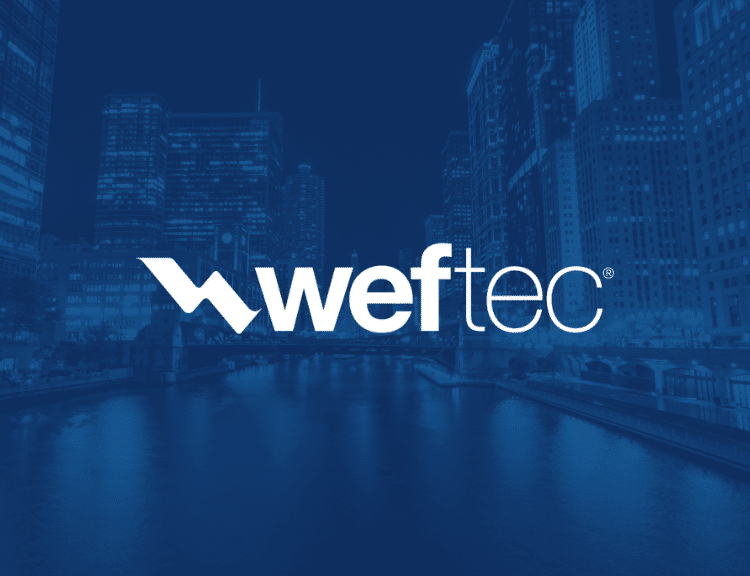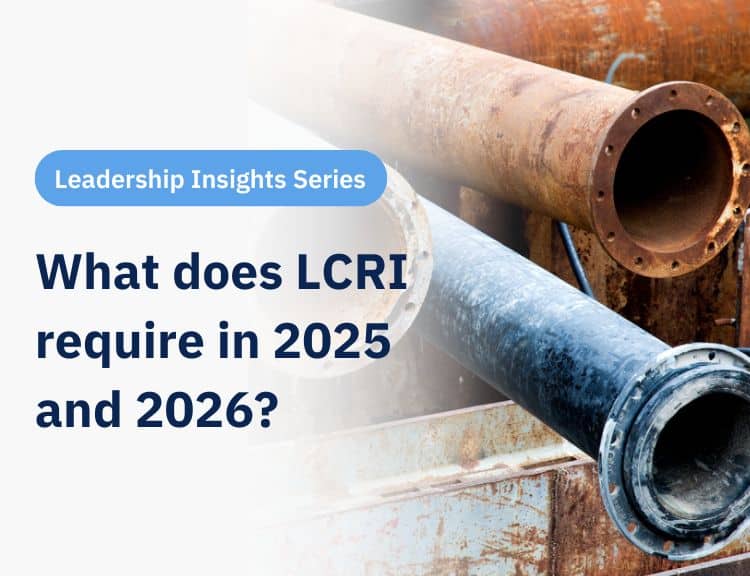Did you know that BlueConduit solutions support more than 700,000 service lines in Pennsylvania, covering nearly a third of the state’s total service lines?
In this post, we’re highlighting some of the work we’ve done in the Commonwealth and why BlueConduit is the best partner to help PA water systems and engineering firms #GetTheLeadOut.
11 million people served by public water systems
According to the 2022 Pennsylvania Infrastructure Report Card, the Pennsylvania Department of Environmental Protection (PDEP), the department that oversees all public water systems, regulates nearly 8,400 PWS’s that serve about 11 million people. In fact, only 12 percent of the population receives its drinking water from an individual, private well source.
76 years for average water main age
With one of the oldest water main infrastructures in the country, cities in Pennsylvania are especially susceptible to elevated lead levels from corroded pipes. Pennsylvania allows water systems to use predictive modeling and statistical methods for inventory classification. This is great news for water systems who have a high number of lead, galvanized requiring replacement (GRR), or unknown service lines and need help developing cost-effective replacement plans that don’t require digging up every line.
~700,000 Lead Service Lines
Based on the most recent DWINSA data, the EPA estimates that there are nearly 700,000 LSLs in Pennsylvania (this doesn’t include GRR or lines whose material is unknown.) This means utilities have a daunting task in front of them to replace these lines in the 10-year mandatory replacement timeline outlined by the Lead and Copper Rule Improvements (LCRI), especially communities that are underserved. Using predictive modeling and statistical methods can help utilities develop a comprehensive replacement plan to identify and replace any pipes in a cost-effective, timely manner, and apply for the appropriate amount of funding needed.
$150M in federal funding for LSL replacement
To date, Pennsylvania has received more than $150 million in federal funding for the identification and removal of lead service lines. Pittsburgh alone has already removed more than 11,000 LSLs. The city has agreed to remove all known LSLs on both the public and private side by 2026.
Pennsylvania has made some great progress in identifying and replacing its lead lines, but there is still a lot of work to be done before the LCRI replacement deadline of 2037. Predictive modeling is the best way to not only quickly identify LSLs, but also GRR and reduce the number of lines of unknown material (which must be presumed lead until classified otherwise). The better understanding utilities and local governments have of the scope of their work, the more easily, accurately, and affordably they can plan for replacements.
We love working with utilities in Pennsylvania (and every state!). Chat with us to learn more or download our quick guide to Pennsylvania LCRI requirements.





